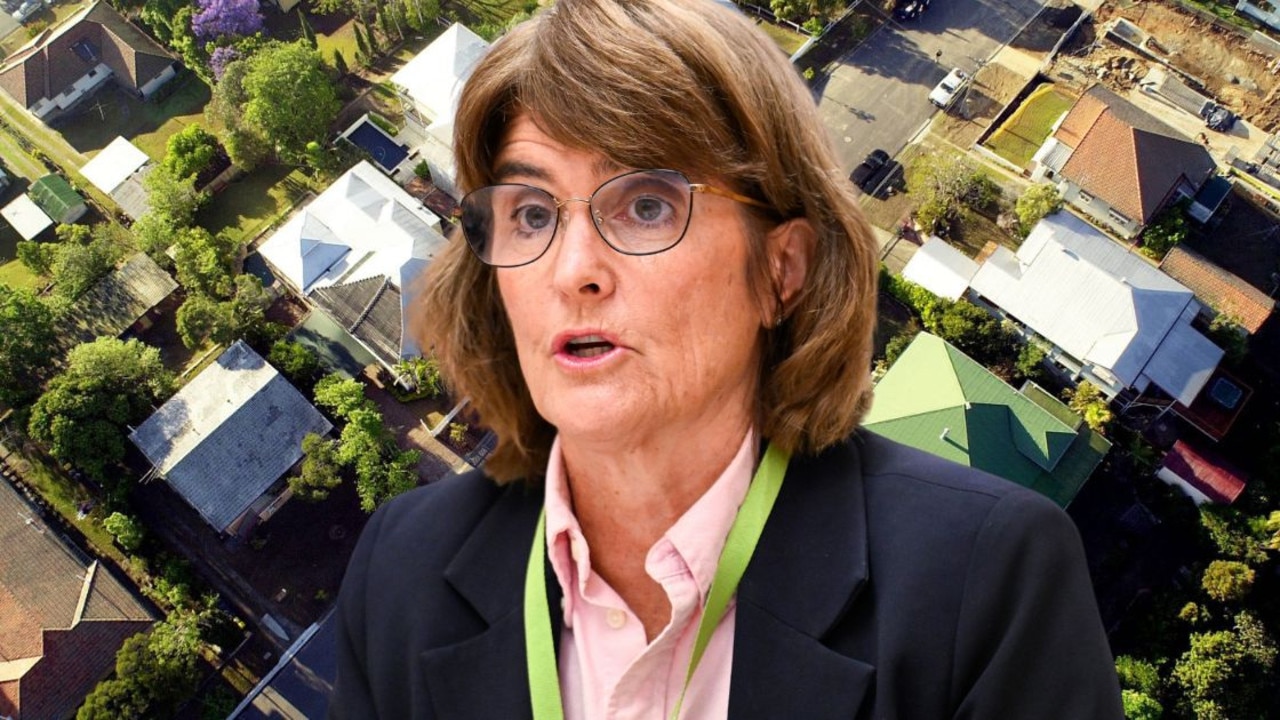Insight: Queensland still ‘conservative’ despite Green ‘blip’
The Coalition’s “Fortress Queensland” has finally cracked, although it wasn’t a red wave that knocked it but rather green shoots which have taken hold.
CM Insight
Don't miss out on the headlines from CM Insight. Followed categories will be added to My News.
The Coalition’s “Fortress Queensland” cracked at last month’s election, but it wasn’t a red wave that knocked it but rather green shoots which have taken hold.
Both major parties suffered losses on May 21, with the three seats which changed hands going to the Greens in what has been a shock result.
But the state still largely remains in conservative hands with the LNP holding 21 out of the 30 seats – a loss of two seats and just one seat shy of when the Coalition came to power in 2013 under Tony Abbott.
One political pundit said the Green wave did not prove Queensland was “no longer conservative”, but rather showed it was a diverse state.
Queensland’s election results differed from almost every other state, with a Green wave, Labor losing a seat and the Coalition’s hold only being dented.
Insiders point to a range of factors; two unpopular leaders, now Prime Minister Anthony Albanese failing to connect with the more conservative Queensland voters, and the “teal independent” vote seen in NSW and Victoria going to the Greens with that movement not having any candidates in this state.
There are big questions as to whether the Green wave was a “blip or a trend”, with predictions it could be hard to dislodge the new Green Members as their presence normalises and the party machine becomes more professional.
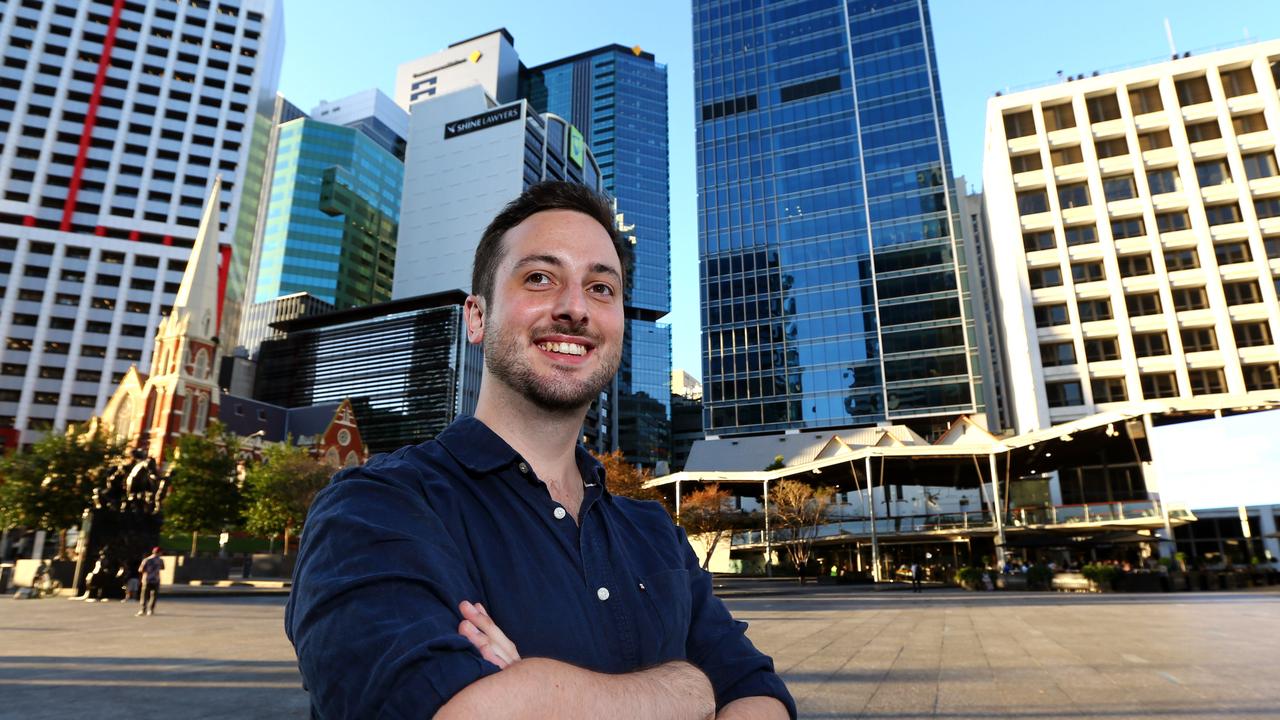
With the loss of both Brisbane and Ryan, the LNP now lacks a substantial inner-city presence while dominating the outersuburbs and regions of the state.
Labor won government, but lost the seat of Griffith and failed to pick up any new seats and holds nothing north of Esk, flying in the face of former logic the parties needed to win in Queensland to gain the keys to the Lodge.
Recriminations started in Queensland Labor almost immediately after the election, when it was clear that they would at best only steady on their six seats and even before it was clear they would lose one.
Fingers were pointed at outgoing state secretary Julie-Anne Campbell, saying the party campaigned too heavily in some marginal seats like Lilley, and not enough in others like Brisbane or Ryan which were taken by the Greens.
But others took aim at Mr Albanese’s leadership failing to connect with regional voters, despite huge efforts going into reversing the damage to trust in coal communities done under Bill Shorten’s tenure as Opposition leader.
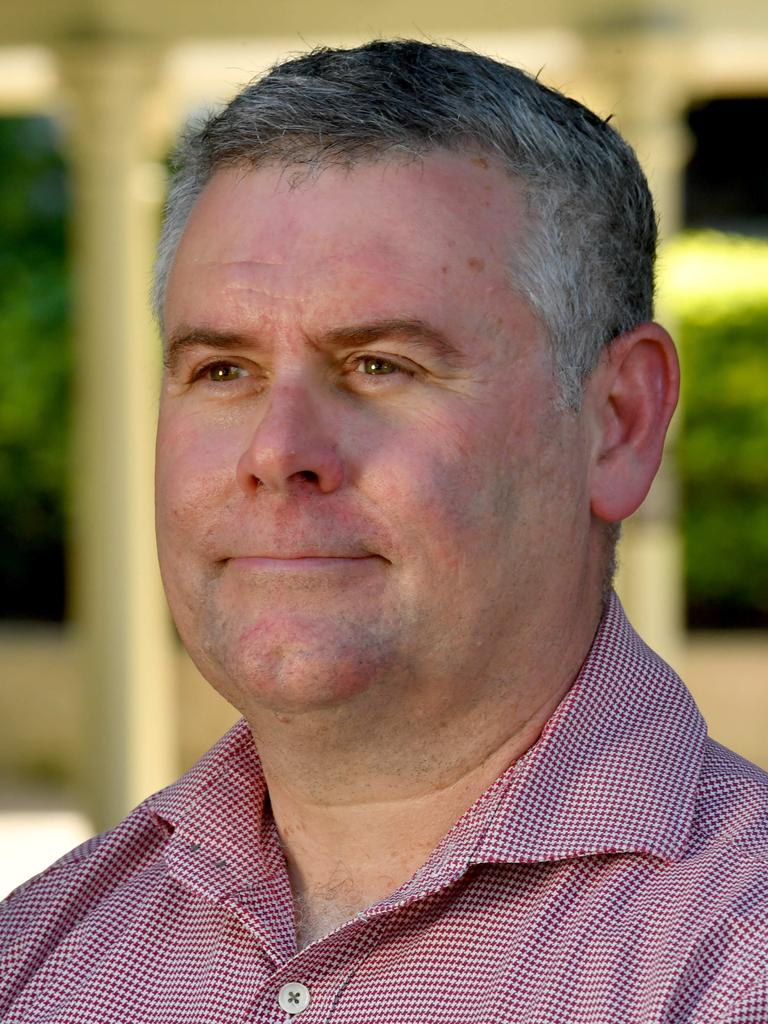
A Labor source said it was slightly disappointing that the party had failed to make significant inroads in regional Queensland despite “busting a gut”.
The swing against the Coalition in most regional seats was seen as a partial correction to a big swing towards them in 2019.
There are hopes that a term in government will give them a chance to deliver and prove they are not a risk to the regions.
It is already evident from the disproportionately large number of Queenslanders in Cabinet and on the front bench that Mr Albanese wants to make big inroads in the state, Agriculture and Emergency Management Minister Murray Watt said.
“I think that’s recognition that under Albo, Queensland is going to be a major priority. Clearly we need to do better in Queensland if we are going to secure a second term,” Senator Watt said.
But with the previous Coalition Government having four Queensland-based Cabinet Minister, it would have been seen as a bad look for Labor to have less than two despite if significantly fewer numbers.
In terms of losing Griffith, previously held by Terri Butler and Kevin Rudd before her, it had been a long-held belief in Labor that it would eventually lose the seat to the Greens, but party tacticians were still taken by surprise that it happened this time.
The change in Liberal and Coalition leadership will provide interesting challenges as it seeks to return to power.
While there have already been differences in policy between Liberal leader Peter Dutton and Nationals leader David Littleproud, the two have a long history working together.
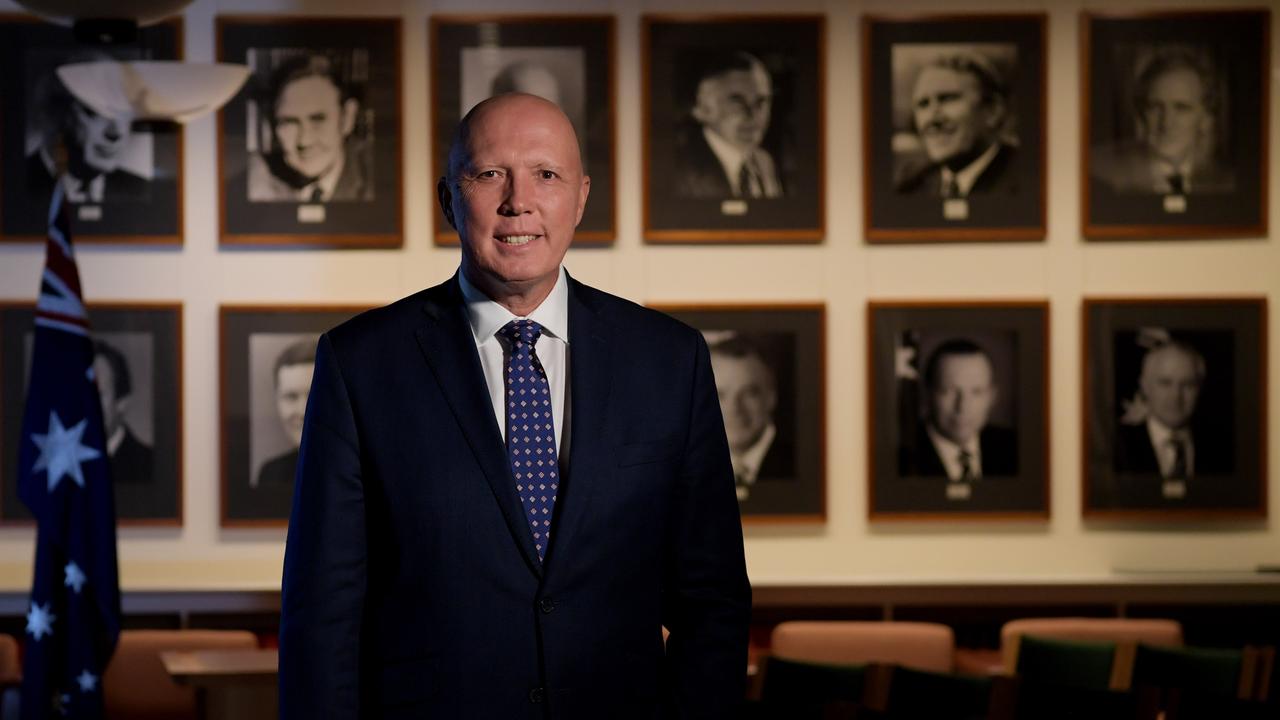
They most notably collaborated, with state Opposition leader David Crisafulli, in behind the scenes party machinations which saw Lawrence Springborg recruited and voted leader of the LNP – proving they are more than capable of working together to deliver results.
An LNP source, pessimistic about the Coalition’s chances in 2025, flagged ongoing issues within the Queensland party machine including lacklustre fund raising efforts.
“Dutton could spend 18 months, two years (as Opposition leader), sure he could be a good performer … but at the end of the day he’s spent 20 years being the hard man and is carrying a lot of baggage,” they said.
“(And) the Coalition has lost all credibility on fiscal responsibility after spending like drunken sailors before the election.”
There has already been much public bloodletting from Liberal and Liberal-aligned LNP MPs, with arguments on whether the party needs to move further to the right on issues, targeting the outersuburbs and regions, or aim for the centre to avoid alienating voters in the city where it lost seats.
“There’s a bigger movement than just an election, or people not liking ScoMo, there’s a bigger picture here. You don’t focus on the politics of how you win seats back, you focus on what does the nation need,” one LNP MP said.
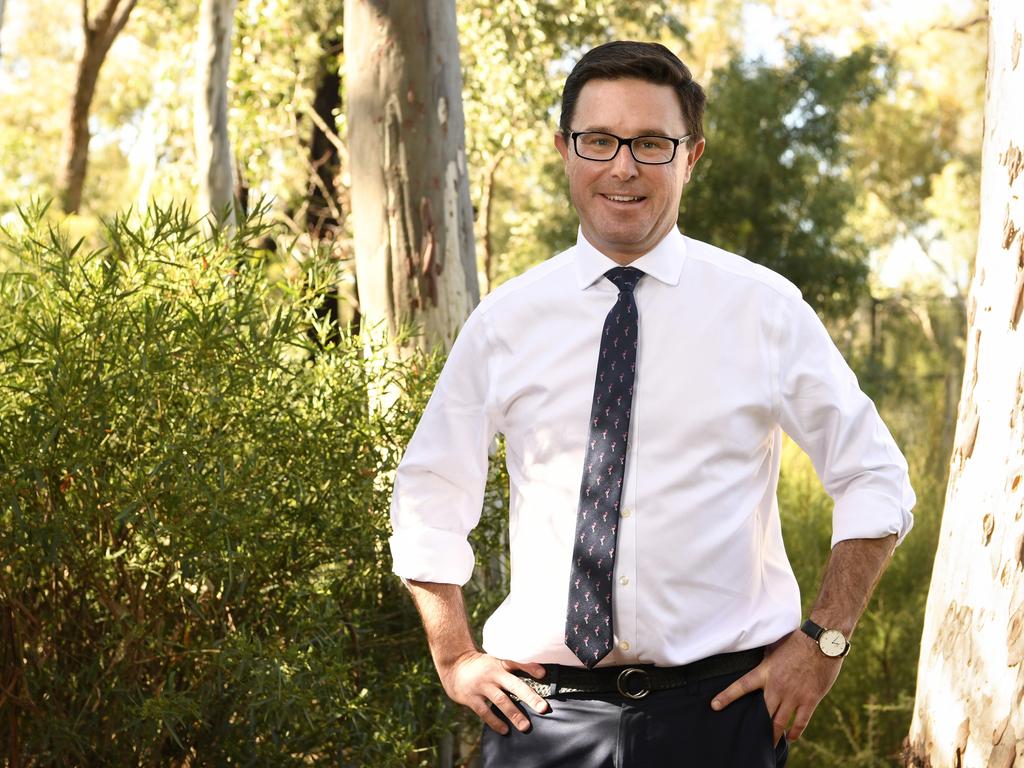
Mr Dutton, who has acknowledged the Coalition bled votes from the right and left, flagged his intention to take the fight to the “forgotten Australians” in the outer suburbs.
The review launched by Mr Springborg into the election – to be headed by former Premier Rob Borbidge – will also look into any of the mechanics of the campaign to be addressed.
Mr Springborg has been keen to point out that the state largely held its own, despite the disappointing result across the country, and now represented 40 per cent of the Coalition nationally.
Swings against the LNP were considerably muted in all seats from Gladstone to the Cape — Flynn, Capricornia Dawson, and Leichhardt, while there was a swing towards it in Herbert, held by Philip Thompson.
The only Queensland seats to change hands were picked up by the Greens – Brisbane, Ryan and Griffith – with the party also adding a new Senator in Penny Allman-Payne, who will be based in Gladstone.
The party ran a major grassroots campaign, with doorknocking, phone calls, a very visible presence and targeting local issues like airport noise.
In Brisbane a primary swing of 4.4 per cent toward the Greens’ Stephen Bates was enough to push the party over the line, with the candidates in Griffith and Ryan securing larger primary swings of 11 per cent and 9.9 per cent respectively.
Booth analysis shows the party picked up support in all places — to varying degrees — with the largest swings in Brisbane occurring in Teneriffe, Stafford West, New Farm and Gordon Park.
In Grange, where the median house price is $1.425m, the Greens secured a 5.8 per cent first preference swing.
In Griffith, Greens picked up a 14 per cent swing at a booth in Kangaroo Point, 17 per cent in Norman Park and 20 per cent in Holland Park East.
The vote for the LNP collapsed in the once blue-ribbon seat of Ryan, with the Greens picking up swings of 11.5 per cent at booths in Bardon, 12 per cent in Rainworth and 15 per cent in The Gap — where the median house price is $1.02m according to realestate.com.au
But the swing was not limited to those three seats.
Outer suburbs perhaps like Karana Downs in Blair where the Greens picked up a 7.4 per cent swing.
In Mr Dutton’s own seat of Dickson, a mix of outer-suburban and regional, 3.6 per cent of voters turned away from the LNP on first preferences, with the largest swings heading to the Greens (2.7 per cent).
Griffith University politics professor Paul Williams says the election result which saw the Greens rise up will be both a “blip and a trend”.

A trend in that there has been an increasing Greens vote and now they are in they will be hard to dislodge.
“There has been an incremental increase in the Green vote for the past decade and a half,” Prof Williams said.
“I don’t think they will lose those seats in the 2020s unless there’s an extremely charismatic major party candidate and an explosion in the Greens, or some scandal.”
But he said it was also a blip in that a different Labor leader than Anthony Albanese could have delivered “a red wave, rather than a Green wave”, in Queensland.
“Albanese did not align with the political culture of those seats, like Herbert, Leichhardt, Longman and Petrie.
“It doesn’t prove that Queensland isn’t a conservative state anymore, it proves that it’s a diverse state,” he said.
The Queensland political landscape has been changed by the 2022 election, but time will tell by how much.
Green shoots are likely to be a permanent fixture within “fortress Queensland” for at least the short to medium term, but the LNP is far from a spent force in the state.
How the party’s choose to find a way to appeal to the diverse range of Queenslanders out there, from the regions to the inner city, will shape their direction.
It will also play a role in whether voters are turning away from the major parties for now, or for good.




